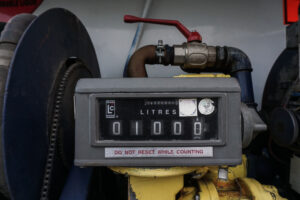By prepaying loans worth €5.29 billion from the first bailout, Greece proceeds with another move to reduce public debt during December. The Public Debt Management Agency (PDMA) accelerates the repayment process, immediately reducing debt by approximately 2.2% of GDP and saving around €150 million in interest over a 12-year horizon.
The initiative is part of the government’s strategy for more active debt reduction, leveraging the country’s strong fiscal performance and high cash reserves. The goal, according to the plan, is to have fully repaid all bilateral loans from the first program by 2031 – ten years ahead of their normal maturity.
New reduction in bailout debt: Country’s borrowing profile improves
This involves repaying loans from the GLF (Greek Loan Facility) mechanism, through which the Greek state had borrowed €52.9 billion from eurozone countries in 2010. Of this amount, €21.3 billion has already been returned, while the remaining €31.6 billion will be repaid gradually until 2031. In this way, Greece essentially closes the first bailout chapter definitively, as these loans had interest rates above 3%, compared to the current 1.73% average for total public debt. The early repayment therefore reduces interest rate risk and improves the country’s borrowing profile.
According to the draft budget for 2026, general government public debt is estimated to fall below 140% of GDP for the first time since 2010, reaching 137.6% compared to 145.4% this year. This represents the largest reduction of the last decade and a pivotal point for the Greek economy, as the country is no longer the most over-indebted in the eurozone – thus closing a 15-year cycle of economic surveillance.




